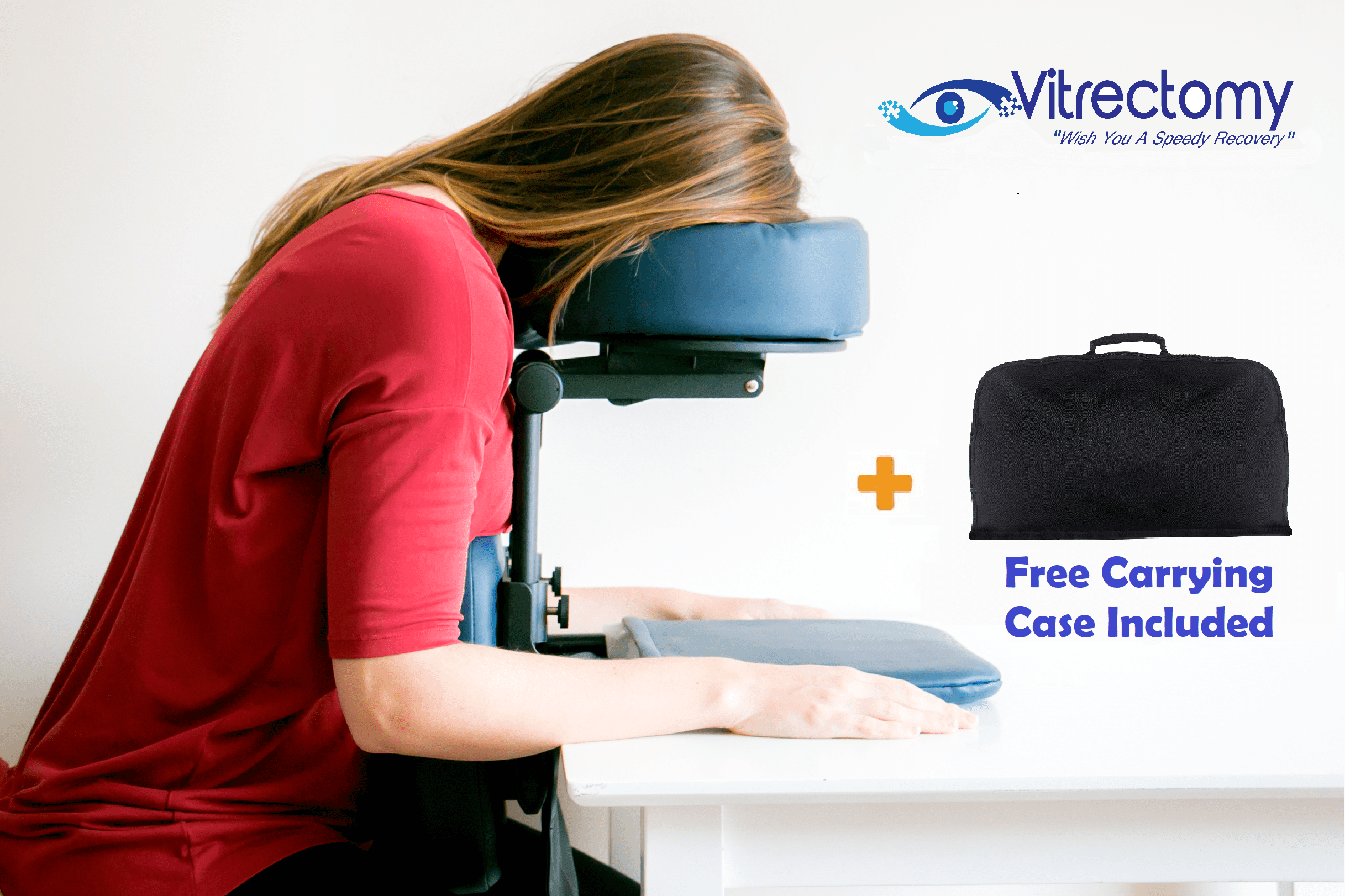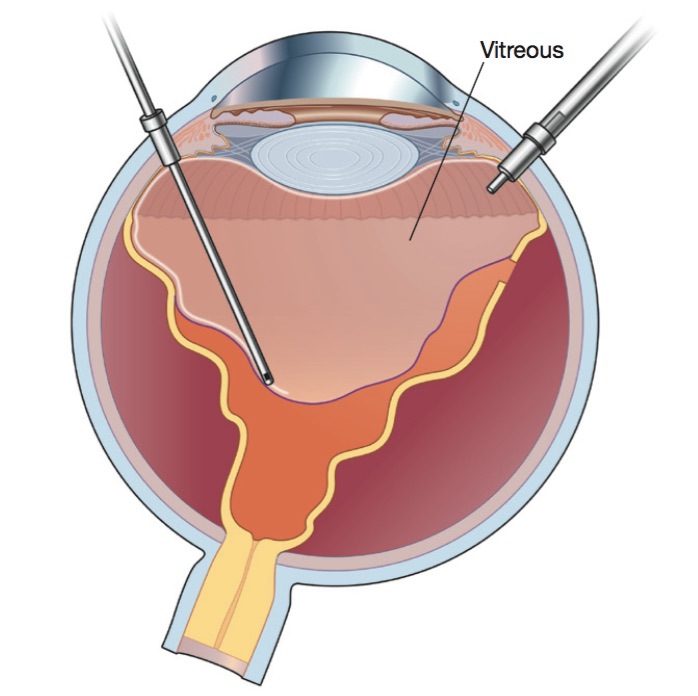

Take high blood pressure medication with a small amount of water on the day of surgery. Eat a light dinner that will not upset your stomach.ĭo not eat or drink anything after midnight.

If your physical condition changes (you develop a cold, fever, etc.), call your physician (see phone numbers above). If you do not hear from us by late afternoon or early evening, please call The Surgery Center at 310 -784-2710 or Good Samaritan Hospital at 21 (Admissions) to confirm your surgery and obtain information regarding your arrival time. You will be called the evening before surgery to confirm the time you are to report to the ambulatory surgery unit (ASU) or Hospital. Please have your primary care physician fax the results of this evaluation to the attention of our surgery scheduler at 31 so that the retina specialist, in charge of your care, can review the results and include the report in your medical record. If you need assistance in obtaining this clearance, our surgical coordinator can assist you. If you do not have a primary care physician we can refer you to a physician of our choice. If your cardiologist needs to be involved in the clearance, we will need a written report of their findings prior to surgery. You must schedule an appointment with your primary care physician for pre-surgical evaluation and clearance particularly if you have any medical problems. Schedule Appointment for Medical Clearance with your Primary Care Physician. If you are not sure, ask your doctor.If you have undergone Retinal Surgery, please carefully read the following instructions: Before Your Surgery You may drive when your vision allows it.It depends on the type of work you do and how you feel. You will probably need to take 2 to 4 weeks off from work.This is because the change in altitude may cause the gas bubble to expand and increase the pressure inside the eye. If your doctor used a gas bubble, avoid airplane travel until your doctor tells you it is safe.Do not lie on your back, or the bubble will move to the front of the eye and press against the lens instead of the retina.Your doctor will give you specific instructions. Make a plan for this part of your recovery, because it will be hard to do some daily activities. If your doctor used an oil or gas bubble to hold the retina in place, keep your head in a certain position for a few days or longer after the surgery.This includes moving quickly, lifting anything heavy, or doing activities such as cleaning or gardening. Don't do things that might cause you to move your head. It may take longer for your vision to get back to normal. You will need 2 to 4 weeks to recover before you can do your normal activities again. You might have some pain in your eye and your vision may be blurry for a few days after the surgery. If an oil bubble is used, you will need another surgery to remove the oil after the eye has healed.Īfter the surgery, your eye may be swollen, red, or tender for several weeks. You will need to keep your head in a certain position for most of the day and night while the eye heals.

It lightly presses the retina against the wall of the eye. The retina is the layer of nerve tissue at the back of the eye.Īt the end of the surgery, the doctor may have injected an oil or gas bubble into the eye. (After a while, the eye makes new fluid that fills in the space again.) Then the doctor may have treated eye problems, such as a retinal detachment, a vitreous hemorrhage (bleeding in the eye), scar tissue on the retina, or tears or holes in the macula, an important part of the retina. It helps the eyeball maintain its shape.ĭuring surgery, the doctor used small tools to remove the vitreous gel. Vitreous gel (also called vitreous humour) is a thick, colourless, gel-like fluid that fills the large space in the middle of the eye, behind the lens. Vitrectomy is a surgery to remove the vitreous gel from the middle of your eye.


 0 kommentar(er)
0 kommentar(er)
